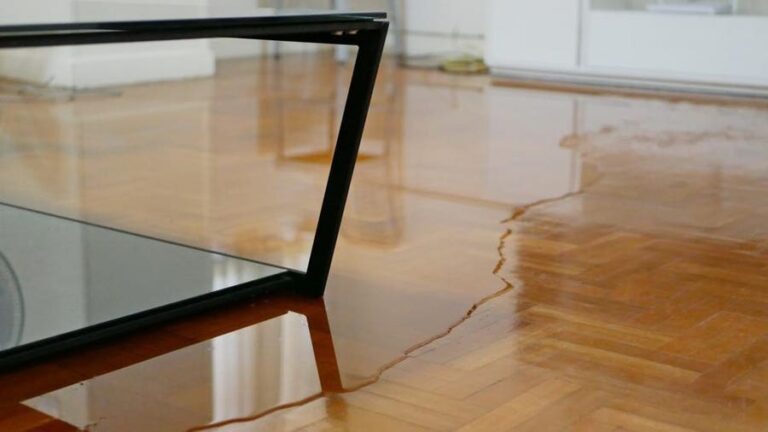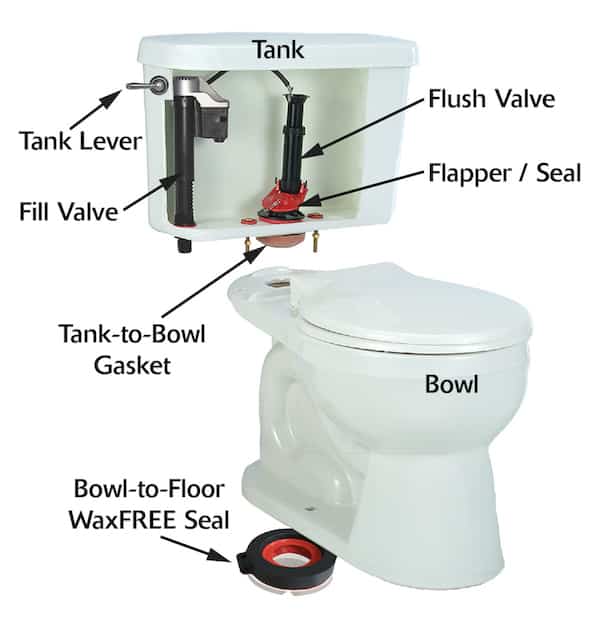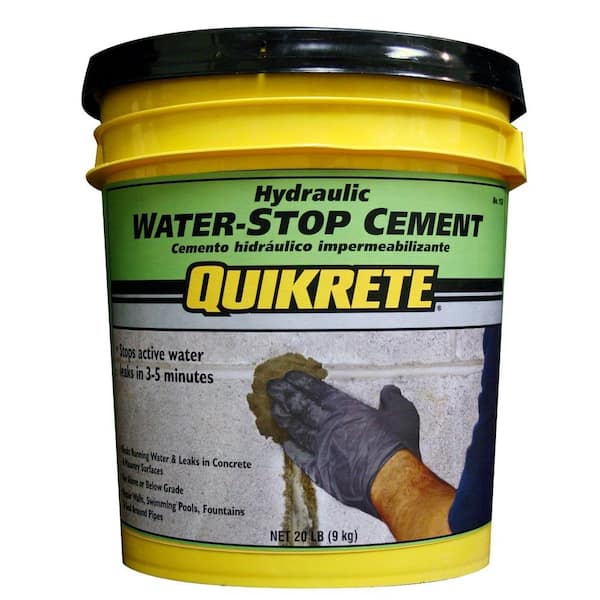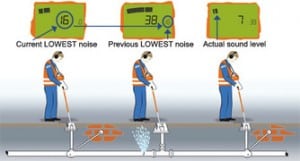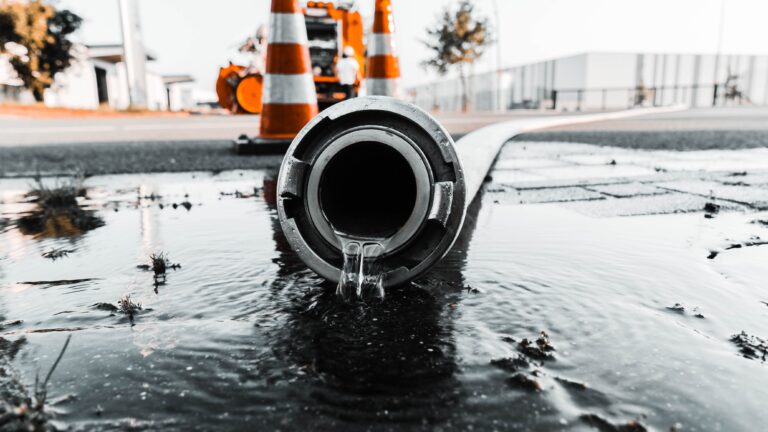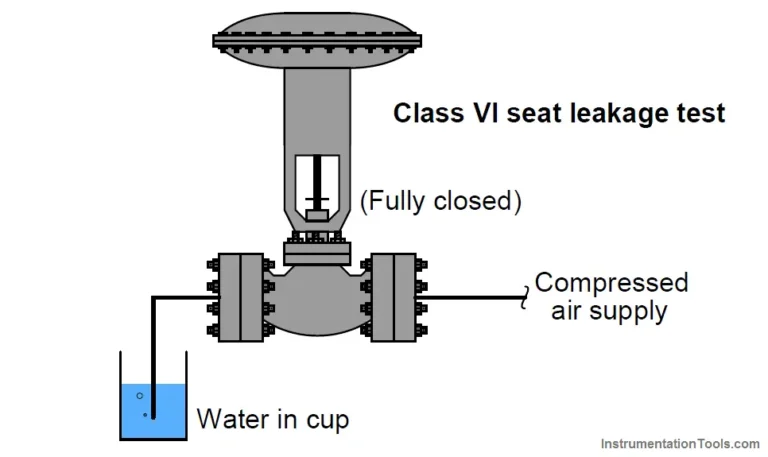How Do You Stop PVC Plumbing Leaks?
Polyvinyl chloride (PVC) plumbing is a popular choice for residential and commercial buildings for its durability and cost-effectiveness. Unfortunately, even the most well-designed and installed PVC plumbing systems can eventually develop leaks. If left untreated, these leaks can cause major damage to your structure and waste valuable water resources. Therefore, it is important to know how to identify and stop PVC plumbing leaks as quickly as possible. This article will discuss the various methods for identifying and stopping PVC plumbing leaks, including the use of specialized fittings, epoxy putty, and pipe repair clamps.
Causes of PVC Plumbing Leaks
PVC plumbing leaks are a common problem for many homeowners. From a leaking pipe joint to a cracked pipe, plumbing leaks can have a huge impact on your home’s water system. It’s important to identify the reason for the leak and take action to prevent further damage. Understanding the causes of PVC plumbing leaks can help you take the necessary steps to ensure your home’s plumbing is functioning properly.
One of the most common causes of PVC plumbing leaks is improper installation. If the pipe wasn’t cut to the correct length or wasn’t sealed properly, it can lead to a leak. It’s also important to check the pipe joints for any signs of corrosion or wear and tear. If the joint has deteriorated or isn’t tight enough, it can cause a leak.
Another cause of PVC plumbing leaks is temperature fluctuations. As the temperatures outside change, the PVC pipes can expand and contract, leading to cracks or leaks. It’s important to check the pipes for any cracks or signs of wear and tear and repair them as soon as possible.
Finally, another cause of PVC plumbing leaks is poor water pressure. If the water pressure in your home is too high, it can put a strain on the pipes and cause them to leak. It’s important to make sure the water pressure is set to the correct level so that your pipes don’t become over-pressurized.
By understanding the causes of PVC plumbing leaks, you can take the necessary steps to prevent them. Make sure your pipes are properly installed, check for signs of wear and tear, and ensure that the water pressure is set to the appropriate level. Taking these steps can help ensure that your home’s plumbing system is functioning properly.
Identifying Signs of PVC Plumbing Leaks
PVC plumbing leaks can be difficult to detect if you don’t know what to look out for. Fortunately, there are a few telltale signs that can help you identify a PVC plumbing leak. One of the most common symptoms is a wet spot on the floor near a plumbing fixture. This could be a sign of a leak in the drain or supply lines. Another sign of a leak is water pooling around the base of a toilet, which could indicate a loose seal. Additionally, you may hear the sound of running water even when all the taps are off. This could be a sign of a leak in the water line. You should also check for a water stain on the wall or ceiling, which could be an indication of a leak in the pipes.
If you suspect you have a PVC plumbing leak, the best way to identify it is to hire a professional plumber. A professional plumber can use specialized tools and techniques to quickly and accurately detect a leak in your PVC plumbing system. They can also provide the necessary repairs to fix the leak and prevent it from recurring. By hiring a professional plumber, you can ensure that your PVC plumbing system is safe and secure.
Troubleshooting PVC Plumbing Leaks
PVC pipes are a common and reliable plumbing material for both residential and commercial properties. However, when used improperly, they can quickly become the source of a leak. It’s important to identify the source of a leak quickly and take the right steps to fix it. To help you troubleshoot and stop a PVC plumbing leak, here are some tips.
Start by inspecting the area around the leak to determine if the pipe has shifted or if the sealant around the joints has cracked or broken. If the pipe has shifted, you can simply use a pipe wrench to tighten the fittings. If the sealant is cracked or broken, it must be replaced. Ensure that the new sealant is compatible with the pipe material.
If the pipe is still leaking, the next step is to check the pipe for any cracks or holes. If any are found, the pipe must be replaced. If there are no visible cracks, the leak may be coming from a loose or worn-out joint. To fix this, simply tighten the joint or apply a new sealant.
Finally, if none of the above options work, it’s time to call a professional plumber. They are trained to diagnose and fix all kinds of plumbing leaks, including PVC pipe leaks. They can also help you identify the source of the leak and recommend the best way to repair it.
By following these tips, you can easily stop PVC plumbing leaks and keep your plumbing system in good working order.
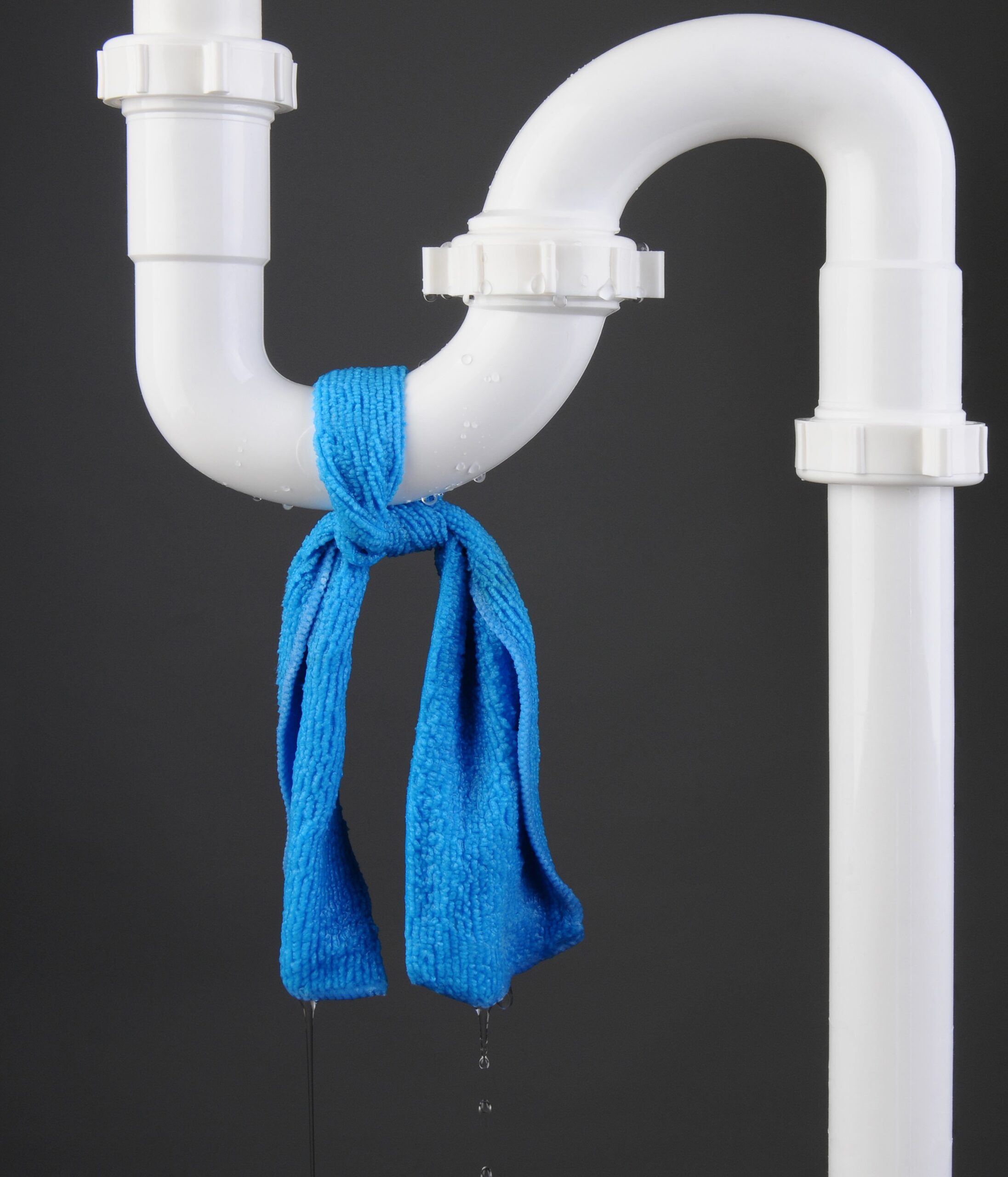
Repairing PVC Plumbing Leaks
PVC plumbing leaks can be a nuisance, especially if they go undetected for long periods of time. Left unchecked, plumbing leaks can cause costly damage to your home and environment. To help you save time and money, it’s important to diagnose and repair PVC plumbing leaks quickly.
The first step in repairing a PVC plumbing leak is to identify the source of the leak. This can be done by visually inspecting the area around the leak, looking for any signs of moisture or water stains. You can also use a moisture meter to detect the presence of moisture in the air. Once the source of the leak has been identified, it is time to move on to the repair process.
Depending on the severity of the leak, repairing a PVC plumbing leak can involve a simple patching job or a more complex repair. In minor cases, the leak can be fixed with a PVC patch kit, which can be found at most hardware stores. If the leak is more serious, the most effective repair is to replace the entire section of pipe. This may require the help of a professional plumber.
When repairing a PVC plumbing leak, it is important to take the necessary safety precautions. This includes turning off the main water supply, wearing protective gear, and using the appropriate tools. Additionally, it is important to use the right type of plumber’s putty for the repair, as this will help ensure a watertight seal.
By following these steps, you can quickly and effectively repair PVC plumbing leaks, preventing further damage to your home and saving time and money in the long run.
Preventative Measures for PVC Plumbing Leaks
PVC plumbing leaks can be a nightmare for homeowners, but thankfully there are measures you can take to stop them. Leaks in PVC pipes, fittings, and joints can be avoided with simple preventative maintenance. To prevent plumbing leaks, start by checking the following components: pipe joints, pipe connections, pipe clamps, and pipe fittings. Visually inspect the pipe for cracks, deformations, and signs of corrosion. If any issues are found, take the necessary steps to repair them.
In addition to inspecting your pipes, it is also important to use the correct type of PVC pipe for your application. PVC pipes come in different grades and thicknesses, and using the wrong grade or thickness can lead to leaks. If you’re unsure of which type of PVC pipe to use for a particular job, consult a professional plumber to ensure that you’re using the correct type.
Finally, be sure to use the appropriate sealants when connecting pipes and fittings. PVC cement is used to create a watertight seal between pipes and fittings, and should be applied to all joints. In addition, a plumber’s putty or silicone caulk may be used to seal pipe connections. By following these steps, you can help to prevent PVC plumbing leaks and keep your pipes in good condition.
Professional Assistance for PVC Plumbing Leaks
When dealing with PVC plumbing leaks, it is important to remember that professional assistance is often the best option. Leaks in PVC pipes can be difficult to identify and repair, and attempting to DIY repair can often cause more damage. Professional plumbers can help identify the source of the problem, offer advice on the best repair solutions, and ensure that the job is done right. Professional plumbers can also provide advice on preventative measures that can be taken to reduce the risk and severity of future leaks. Furthermore, they have access to the latest technology and tools to ensure that the job is done correctly and quickly, minimizing downtime and ensuring that the job is done right. Professional plumbers can help make sure that any plumbing problems are taken care of safely and efficiently.
FAQs About the How Do You Stop PVC Plumbing Leaks?
Q1. What are the most common causes of PVC plumbing leaks?
A1. Common causes of PVC plumbing leaks include corroded fittings, incorrect installation, and loose connections.
Q2. How can I fix a PVC plumbing leak?
2. To fix a PVC plumbing leak, first shut off the water supply and use a wrench to tighten any loose connections. If the leak persists, you may need to replace any corroded or damaged fittings.
Q3. Can I use any type of sealant on PVC plumbing?
A3. Specialty sealants made specifically for PVC are available and recommended for use in PVC plumbing repairs. Regular silicone or plumber’s putty will not be effective in these situations.
Conclusion
To stop PVC plumbing leaks, use a PVC repair coupling or a PVC patch. Couplings are used to join two pieces of piping together, while patches are used to cover a small hole or crack in the pipe. Make sure to use a cement specifically designed for PVC pipes and apply the cement evenly around the coupling or patch for a secure fit. With proper installation, you should be able to stop the PVC plumbing leak.


